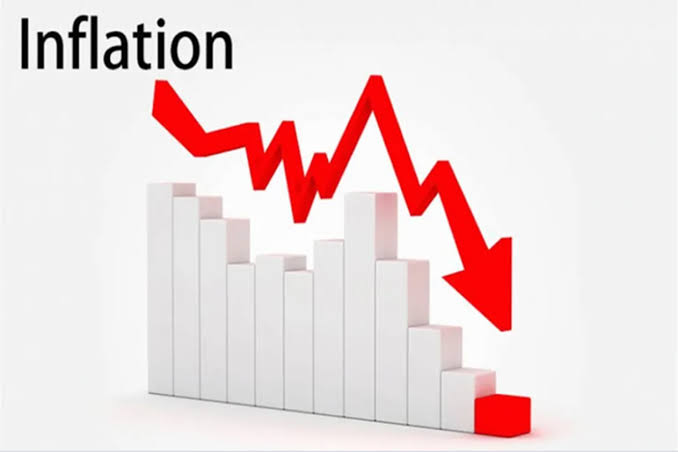By Amofokhai Williams
The National Bureau of Statistics (NBS) has reported that the Headline inflation rate in July 2025 eased to 21.88%, marking a 0.34% decrease from June 2025’s rate of 22.22%.
This development, detailed in the latest NBS Consumer Price Index (CPI) report, indicates a potential cooling of price pressures in the economy.
The CPI itself rose to 125.9 in July 2025, reflecting a 2.5-point increase from June’s 123.4, with November 2009 as the base year (100).
Year-on-Year and Month-on-Month Insights
According to the NBS, the year-on-year Headline inflation rate in July 2025 was significantly lower, dropping 11.52% from the 33.40% recorded in July 2024.
This substantial decline suggests that “the Headline inflation rate (year-on-year basis) decreased in July 2025 compared to the same month in the preceding year,” as stated in the NBS report.
However, on a month-on-month basis, the Headline inflation rate rose to 1.99% in July 2025, up 0.31% from June’s 1.68%.
The NBS notes that “this means that in July 2025, the rate of increase in the average price level was higher than the rate of increase in the average price level in June 2025.”
The twelve-month average CPI change ending July 2025 was 25.65%, a 5.11% decrease from the 30.76% recorded for the same period in 2024, further underscoring the broader trend of easing inflation over time.
Urban and Rural Inflation Breakdown
The NBS data highlights distinct inflation trends across urban and rural areas.
In urban regions, the year-on-year inflation rate for July 2025 was 22.01%, a notable 13.76% lower than the 35.77% recorded in July 2024.
Month-on-month, the urban inflation rate was 1.86% in July 2025, down 0.25% from June’s 2.11%. The NBS reports that the twelve-month average urban inflation rate was 27.04%, reflecting a 5.85% decrease from the 32.89% reported in July 2024.
In rural areas, the NBS recorded a year-on-year inflation rate of 21.08% in July 2025, down 10.17% from 31.26% in July 2024.
However, the month-on-month rural inflation rate increased to 2.30% in July 2025, up 1.67% from June’s 0.63%. The twelve-month average rural inflation rate was 23.84%, a 5.02% decrease from the 28.86% recorded in July 2024, according to the NBS.
Economic Implications
The NBS’s report of a 21.88% Headline inflation rate in July 2025 offers a cautiously optimistic outlook for the economy. T
he year-on-year decline of 11.52% compared to July 2024 suggests that inflationary pressures are subsiding, potentially driven by stabilizing supply chains and effective monetary policies. However, the month-on-month increase in both urban and rural inflation rates indicates ongoing short-term challenges.







